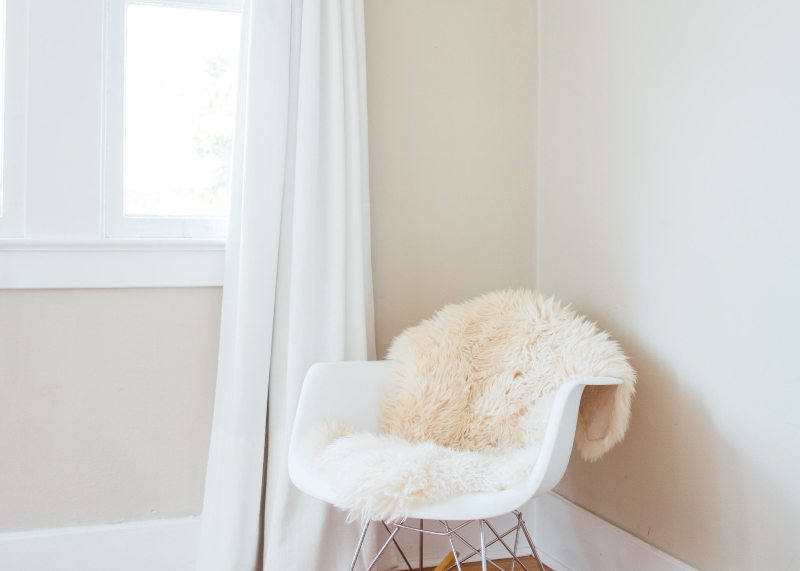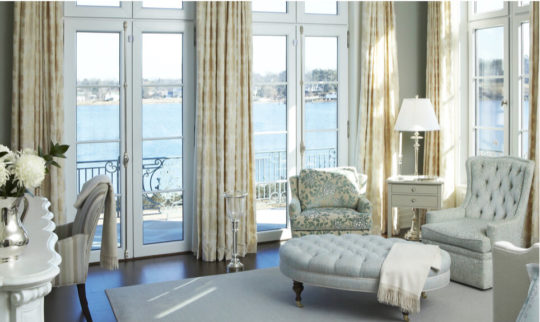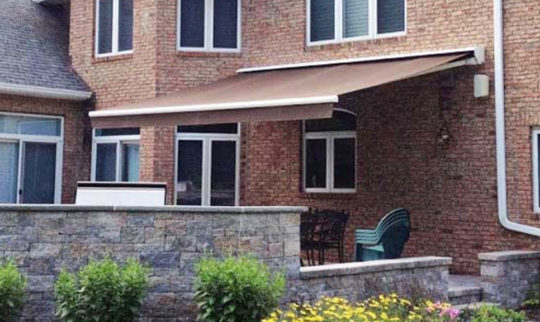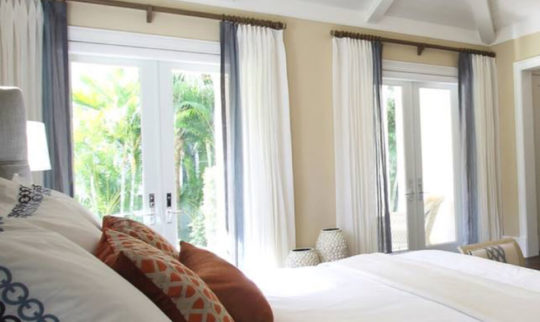DIY Tips for an ADHD Friendly House

Windows are a big part of any home design, letting in natural light and ideally offering pleasant views. However, for the 5% of American children with ADHD, they can actually be one of many distractions in the house.
Children with ADHD may struggle to pay attention or relax, so when redesigning an entire house, you can take steps to make their life easier. Your interior design should focus on minimalism and create a relaxing environment to reduce feelings of anxiety or over-stimulation.
Nurturing Relaxation
A child with ADHD can often struggle to relax. When it comes to their bedroom, in particular, interior design should be used to aid rest, by creating an air of calm and encourage a good night’s sleep. Sleep is important for the development of the brain after all, because it regulates mood, decreases feelings of irritation and aids learning.
There are many ways you can create a healthy, calm bedroom for your child, that also helps their growth and development. Some ideas could include:

- Safe sunlight.You can even use tinted windows to allow your child access to sunlight, while protecting them from harmful UV rays.
- Reducing sunlight in the evening. When you want to create a peaceful, low lit room in the evening, be sure to use blackout blinds. This will make it even easier to sleep and limit the ability to peek out the window.
- Limit clutter. While many young children often have a messy and cluttered room, this is less than ideal for a child with ADHD. The bedroom should be seen as a place for relaxing activities such as reading, while electronics and games consoles, which energize the brain, should be in a separate room. Creating designated quiet areas gives a place for a child to go when they wish to calm down.
Promoting Structure and Purpose
Many children find it difficult to flourish in an unstructured environment. When designing a house for children with ADHD, you need to build a sense of routine. All children require rules, but children with ADHD find it especially hard to form good habits if left without structure. Each room should be designed with a specific purpose. Loud, energetic activities such as playing video games and watching TV should be limited to the lounge, while ball games are strictly in the garden only.
You can even make chores easier by breaking them down into manageable tasks with clear deadlines, by incorporating a large chore chart into the design of your house. This gives your child a constant source of activities, so that they remain entertained while putting their energy into something helpful and productive.
Your home should be welcome and accommodating to every family member, whatever their specific needs may be. Children with ADHD have a mind that’s full of potential if nurtured in the right way. Use your interior design to promote relaxation and structure to most effectively benefit your child and the rest of the family too.






